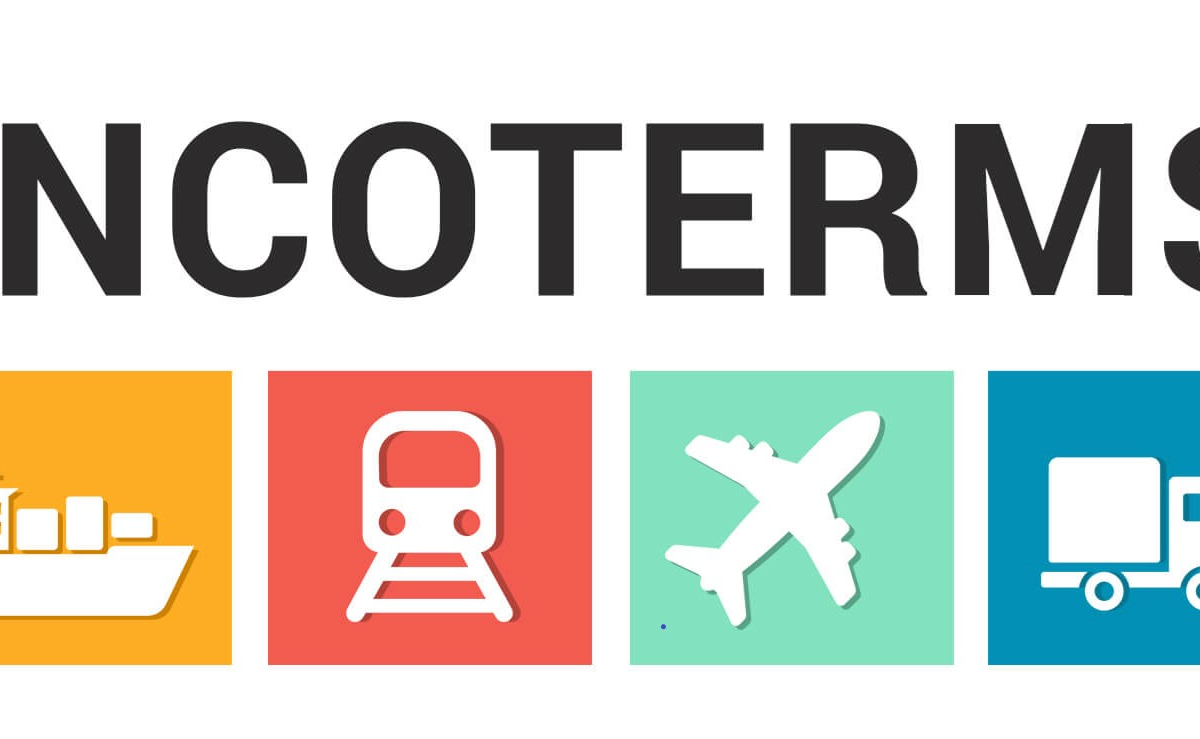
This article is written by Austin Garcia
The global trade scene keeps changing. New U.S. tariff moves are a big part of this. Deals with countries like the Philippines and Japan show new directions. But tensions are rising with the European Union. The trade landscape is very active.
The current U.S. administration wants to reshape trade. Businesses globally are watching these changes closely. Let’s see what’s happening. We will explore what it means for the world economy.
New Trade Deals in Asia
The U.S. has made big trade deals recently. These are with important Asian partners. The deals mix new tariffs for U.S. market access. They also include U.S. export commitments.
Philippines Gets a 19% Tariff Deal
On July 22nd, a major trade agreement was announced. It was between the U.S. and the Philippines. Philippine goods entering the U.S. will face a 19% tariff. This is just 1% less than the 20% tariff once threatened. Philippine officials call this a “significant achievement.”
The Philippines agreed to open its markets to U.S. goods. These items will have zero tariffs. This greatly helps American automobile imports. The deal also shows stronger economic ties. Security ties are also growing. This is especially true in the Indo-Pacific region.
Japan’s “Massive” Deal: 15% Tariff and Huge Investment
This week, a “massive” U.S.-Japan trade deal was announced. Japanese imports, including crucial cars, will have a 15% tariff. This is a welcome drop from the 25% tariff once talked about. That higher rate caused much worry in Tokyo.
Japan promised to open its markets to key U.S. exports. These include cars, trucks, rice, and farm products. Japan also pledged a huge $550 billion investment in the U.S. Details are still being worked out. Still, the news boosted stock markets. Both Japanese and U.S. markets saw optimism.
Japanese Prime Minister Shigeru Ishiba said the deal helps both sides. This is despite some challenges at home. Old 50% tariffs on Japanese steel still apply. Defense spending was not part of this agreement.
EU Tensions: A Waiting Game
The U.S. has focused on bilateral deals. But its trade with the European Union is very tense. The EU put off tariffs on U.S. goods until August 1st. They hoped for a deal. This followed the U.S. announcement. New 30% tariffs on EU goods start August 1st. The U.S. cites trade imbalances. It also sees a lack of fair trade.
The EU has planned many countermeasures. These aim at over $84 billion of U.S. imports. The list is long. It includes industrial goods, aircraft, cars, and chemicals. Farm products and even bourbon are on the list.
European officials say they want a deal. But they are ready to act. They will use their tariffs if no breakthrough happens. The risk of a transatlantic trade war is a major concern. Economists warn of bad effects. Global supply chains could face disruptions.
The Bigger Picture: Global Tariff Changes
These recent tariff updates are not separate events. They are part of a larger U.S. strategy. The goal is to fix trade deficits. It is also to push for new, fair trade agreements. The August 1st deadline is very important. Higher tariffs loom for countries without deals. Similar tariff agreements are made with Indonesia and Vietnam (at 20%). Other nations like India and South Korea also face tariff threats. This will happen if deals are not made.
This aggressive trade policy impacts the world:
- Economic Uncertainty: Businesses face unpredictable times. Supply chains change. Costs rise. Currencies fluctuate. Many companies delay new investments.
- Inflation Risks: Tariffs could mean higher prices for shoppers. This may lead to inflation. Central bank interest rate decisions could change.
- Supply Chain Rethink: Companies are rethinking where they get goods. This may mean more diverse supply networks. Manufacturing could move back to the U.S. Or it could move to nearby countries.
- Geopolitical Moves: Trade disputes are linked to bigger plans. Especially in the Indo-Pacific. The U.S. strengthens alliances there. This mixes economic pressure with partnerships.
The world is watching closely for August 1st. These talks will shape global trade for years.
Navigate the Shifting Trade Landscape with TradeFlex
Trade rules are always changing. Global uncertainty is high. Businesses need a trusted partner. They need to adapt and comply.
TradeFlex offers many services. We help you in this complex trade world:
- Business Model Analysis: We help businesses understand new tariffs. We create custom strategies. These reduce disruption and boost efficiency.
- Manufacturing Management: We help adapt production methods. This eases tariff pressures. It also leverages new market access.
- Duty Tariff Optimization: We minimize import duties. We analyze product classifications. We use tariff engineering. We leverage free trade agreements.
- Compliance Management: We guide you through trade laws. We prevent penalties. We ensure smooth customs.
- Supply Chain Engineering: We optimize your whole supply chain. We cut costs. We improve efficiency. This focuses on how product choices affect tariffs.
- Cross-Border Solutions: We have over 30 years of experience. We help businesses “land softly in Mexico.” This means efficient, compliant, and cost-effective operations.
Partner with TradeFlex. Turn trade challenges into chances.
Ready to gain clarity in global trade?
Come work with us today! Visit https://trade-flex.com



